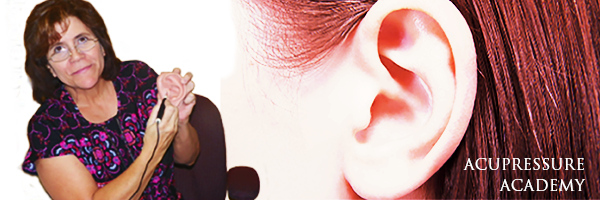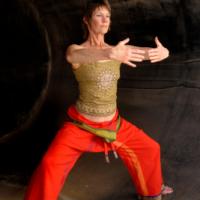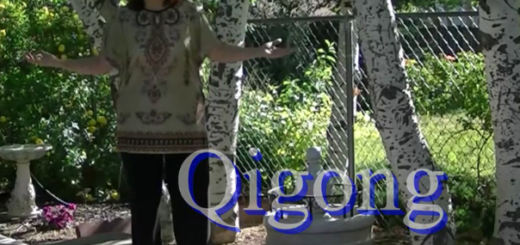Qigong… Wellness Therapies
Originating in China, qigong dates back nearly 5,000 years. The name derives from the Mandarin words qi, meaning energy or life force, and gong, meaning work or skill. It is a mind-body practice as well as an energetic form of movement done to enhance the flow of qi in the body. By integrating posture, body movements, breathing and focused intention, this practice is designed to improve mental and physical health. Though its roots date back before Traditional Chinese Medicine (TCM), it has been incorporated into the system of practices that TCM practitioners use today.
What should one expect on a visit to a practitioner of qigong?
Qigong is done as either a movement practice or hands-on therapy. The movement practice is typically taught in individualized or group settings by a qualified teacher. Qualifications can be ascertained by looking into the teacher’s training and medical background. Those with TCM training are often well-suited to teach medical qigong. Videos can often be effective teaching tools and useful alternatives when one can’t find the right instructor.
What is Dr. Weil’s view of qigong?
Dr. Weil recommends both qigong and tai chi as part of a program of health maintenance that is suitable for nearly anyone. In any city in China you can see thousands of people of all ages practicing these movements throughout their day. He believes that qigong promotes flexibility, balance, and good body awareness. It is beautiful to watch and to do, and may be particularly good for the elderly because it can reduce risk of injury from falls.



